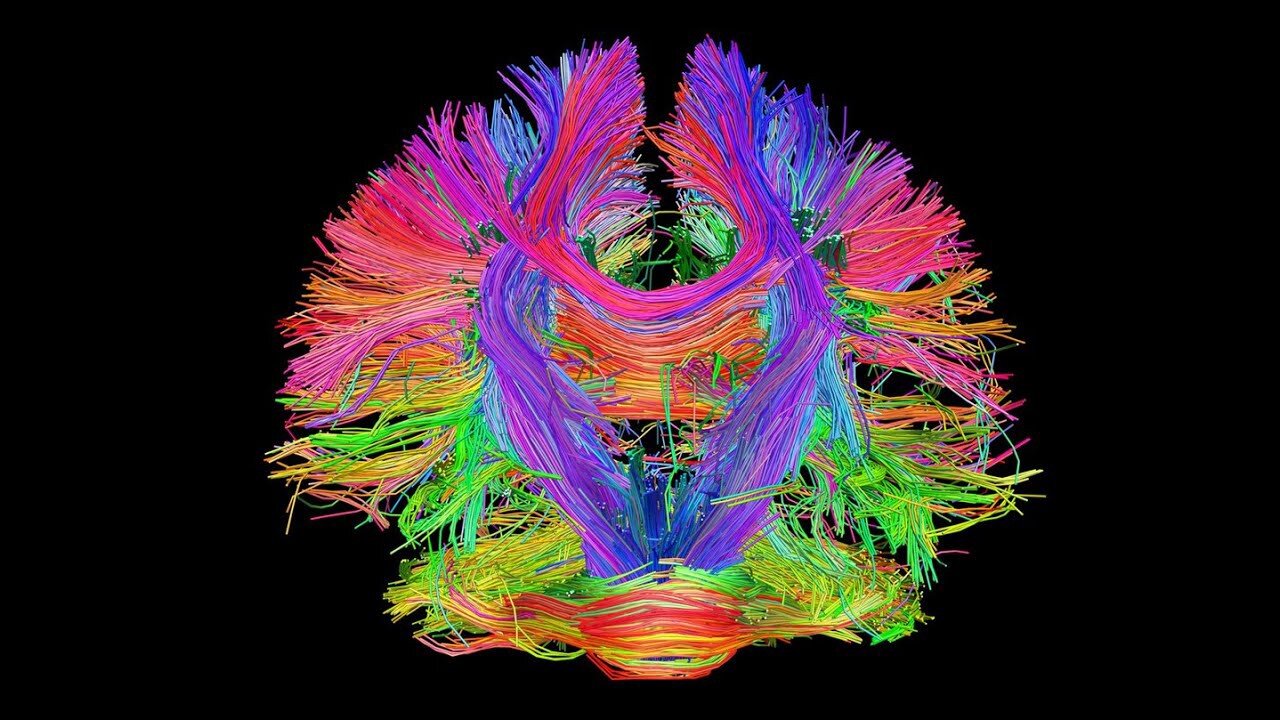
Our Research
Animals, including humans, interact with their environment via self-generated and continuous actions that enable them to explore and subsequently experience the positive and negative consequences of their actions. As a result of their interactions with the environment, animals alter their future behavior, typically in a manner that maximizes positive and minimizes negative outcomes. Furthermore, how an animal interacts with its environment and the actions that it chooses depend on its current environment, its past experience in that environment, as well as its internal state. Thus, the actions taken by an animal are dynamic and evolving, as necessary for behavioral adaptation. It is thought that both the execution of actions, in particular goal-oriented actions, and the modification of future behavior in response to the outcome of actions, depend on evolutionarily old parts of the brain called the basal ganglia. Within the basal ganglia, cells that produce dopamine have a profound influence on behavior, including human behavior, and their activity appears to encode for features of the environment and animal experience that are important for directing goal-oriented behavior.
Here we bring together a team of experimental and computational neurobiologists to understand how these dopamine- producing cells modulate behavior and basal ganglia circuitry. We will use unifying theories and models to integrate information acquired over many classes of behavior. Completing the proposed work, including the technical advances and biological discoveries, will provide a platform for future analyses of related circuitry and behaviors in many species, including humans.
Our publications
Mouse spontaneous behavior reflects individual variation rather than estrous state.
Dana Rubi Levy, Nigel Hunger, Sherry Lin, Emma Marie Robinson, Winthrop Gillis,
Eli Benjamin Conlin, Rockwell Anyoha, Rebecca M. Shansky, Sandeep Robert Datta.
Current Biology, 2023. DOI: 10.1016/j.cub.2023.02.035
Emergence of belief-like representations through reinforcement learning
Jay A. Hennig, Sandra A. Romero Pinto, Takahiro Yamaguchi, Scott W. Linderman,
Naoshige Uchida, Samuel J. Gershman.
bioRxiv, 2023. DOI: 10.1101/2023.04.04.535512
Keypoint-MoSeq: parsing behavior by linking point tracking to pose dynamics
Caleb Weinreb, Mohammed Abdal Monium Osman, Libby Zhang, Sherry Lin, Jonah Pearl,
Sidharth Annapragada, Eli Conlin, Winthrop F. Gillis, Maya Jay, Ye Shaokai, Alexander Mathis,
Mackenzie Weygnadt Mathis, Talmo Pereira, Scott W. Linderman, Sandeep Robert Datta.
bioRxiv, 2023. DOI: 10.1101/2023.03.16.532307
Spontaneous behaviour is structured by reinforcement without explicit reward.
Jeffrey E. Markowitz, Winthrop F. Gillis, Maya Jay, Jeffrey Wood, Ryley W. Harris,
Robert Cieszkowski, Rebecca Scott, David Brann, Dorothy Koveal, Tomasz Kula,
Caleb Weinreb, Mohammed Abdal Monium Osman, Sandra Romero Pinto,
Naoshige Uchida, Scott W. Linderman, Bernardo L. Sabatini, and Sandeep Robert Datta.
Nature, 2023. DOI: 10.1038/s41586-022-05611-2
Local and long-distance inputs dynamically regulate striatal acetylcholine during decision making
Lynne Chantranupong, Celia C. Beron, Joshua A. Zimmer, Michelle J. Wang, Wengang Wang, and Bernardo Sabatini.
bioRxiv, 2022. DOI: 10.1101/2022.09.09.507130
Striatal dopamine explains novelty-induced behavioral dynamics and individual variability in threat prediction
Korleki Akiti, Iku Tsutsui-Kimura, Yudi Xie, Alexander Mathis, Jeffrey E. Markowitz, Rockwell Anyoha, Sandeep Robert Datta, Mackenzie Weygandt Mathis, Naoshige Uchida, Mitsuko Watabe-Uchida
Neuron, 2022. DOI: 10.1016/j.neuron.2022.08.2022
Activation, but not inhibition, of the indirect pathway disrupts choice rejection in a freely moving, multiple-choice foraging task
Kristen Delevich, Benjamin Hoshal, Lexi Z. Zhou, Yuting Zhang, Satya Vedula, Wan Chen Lin, Juliana Chase, Anne G.E. Collins, and Linda Wilbrecht
Cell Reports, 2022. DOI: 10.1016/j.celrep.2022.111129
A gradual temporal shift of dopamine responses mirrors the progression of temporal difference error in machine learning
Ryunosuke Amo, Sara Matias, Akihiro Yamanaka, Kenji F. Tanaka, Naoshige Uchida, Mitsuko Watabe-Uchida.
Nature Neuroscience, 2022. DOI: 10.1038/s41593-022-01109-2
The role of state uncertainty in the dynamics of dopamine
John G. Mikhael, HyungGoo R. Kim, Naoshige Uchida, and Samuel J. Gershman.
Current Biology, 2022. DOI: 10.1016/j.cub.2022.01.025
bioRxiv, 2021. [Preprint] DOI: 10.1101/805366.
Impulsivity and risk-seeing as Bayesian inference under dopaminergic control
John G. Mikhael and Samuel J. Gershman.
Neuropsychoparmacology, 2022. DOI: 10.1038/s41386-021-01125-z
bioRxiv, 2021. [Preprint] DOI: 10.1101/2020.10.06.327775.
Slowly evolving dopaminergic activity modulates the moment-to-moment probability of movement initiation
Allison E. Hamilos, Giulia Spedicato, Ye Hong, Fangmiao Sun, Yulong Li, and John A. Assad.
Elife, 2021. DOI: 10.7554/eLife.62583
bioRxiv, 2021. [Preprint] DOI: 10.1101/2020.05.13.094904.
Striatal indirect pathway mediates exploration via collicular competition
Jaeoon Lee and Bernardo Sabatini.
Nature, 2021. DOI: 10.1038/s41586-021-04055-4
Mice exhibit stochastic and efficient action switching during probabilistic decision making
Celia Beron, Shay Neufeld, Scott Linderman, and Bernardo Sabatini.
PNAS, 2022. DOI: 10.1073/pnas.2113961119
bioRxiv, 2021. [Preprint] DOI: 10.1101/2021.05.13.444094.
Cell-type-specific asynchronous modulation of PKA by dopamine in learning
Suk Joon Lee, Bart Lodder, Yao Chen, Tommaso Patriarchi, Lin Tian, and Bernardo L. Sabatini.
Nature, 2021. DOI: 10.1038/s41586-020-03050-5.
Systems Neuroscience of Natural Behaviors in Rodents
Emily J Dennis, Ahmed E Hady, Angie Michaiel, Ann Clemens, Dougal R Gowan Tervo, Jakob Voigts, and Sandeep Robert Datta
Journal of Neuroscience, 2021. [Review] DOI: 10.1523/JNEUROSCI.1877-20.2020.
Dynamic and reversible remapping of network representations in an unchanging environment
Isabel I. C. Low, Alex H. Williams, Malcolm G. Campbell, Scott W. Linderman, Lisa M. Giocomo.
Neuron, 2021. DOI: 10.1016/j.neuron.2021.07.005.
Rational inattention and tonic dopamine
John Mikhael, Lucy Lai, and Samuel J. Gershman.
PLoS Computational Biology, 2021. DOI: 10.1371/journal.pcbi.1008659.
Recurrent Switching Dynamical Systems Models for Multiple Interacting Neural Populations
Joshua I. Glaser, Matthew Whiteway, John P. Cunningham, Liam Paninski, and Scott W. Linderman.
bioRxiv, 2020 [Preprint]. DOI: 10.1101/2020.10.21.349282.
A gradual backward shift of dopamine responses during associative learning
Ryunosuke Amo, Akihiro Yamanaka, Kenji F. Tanaka, Naoshige Uchida, and Mitsuko Watabe-Uchida.
bioRxiv, 2020 [Preprint]. DOI: 10.1101/2020.10.04.325324.
Revealing the structure of pharmacobehavioral space through motion sequencing
Alexander B. Wiltschoko, Tatsuya Tsukahara, Ayman Zeine, Rockwell Anyoha, Winthrop F. Gillis, Jeffery E. Markowitz, Ralph E. Peterson, Jesse Katon, Matthew J. Johnson, and Sandeep Robert Datta.
Nature Neuroscience, 2020. DOI: 10.1038/s41593-020-00706-3.
A Unified Framework for Dopamine Signals across Timescales
HyungGoo R. Kim, Athar N. Malik, John G. Mikhael, Pol Bech, Iku Tsutsui-Kimura, Fangmio Sun, Yajun Zhang, Yulong Li, Mitsuko Watabe-Uchida, Samuel J. Gershman, and Naoshige Uchida.
Cell, 2020. DOI: 10.1016/j.cell.2020.11.013.
Anatomically segregated basal ganglia pathways allow parallel behavioral modulation
Jaeeon Lee, Wengang Wang, and Bernardo L. Sabatini.
Nature Neuroscience, 2020. DOI: 10.1038/s41593-020-00712-5.
Application of a unifying reward-prediction error (RPE)-based framework to explain underlying dynamic dopaminergic activity in timing tasks
Allison E. Hamilos and John A. Assad.
bioRxiv, 2020 [Preprint]. DOI: 10.1101/2020.06.03.128272.
Computational Neuroethology: A Call to Action
Sandeep Robert Datta, David J. Anderson, Kristin Branson, Pietro Perona, and Andrew Leifer.
Neuron, 2019 [Review]. DOI: 10.1016/j.neuron.2019.09.038.
